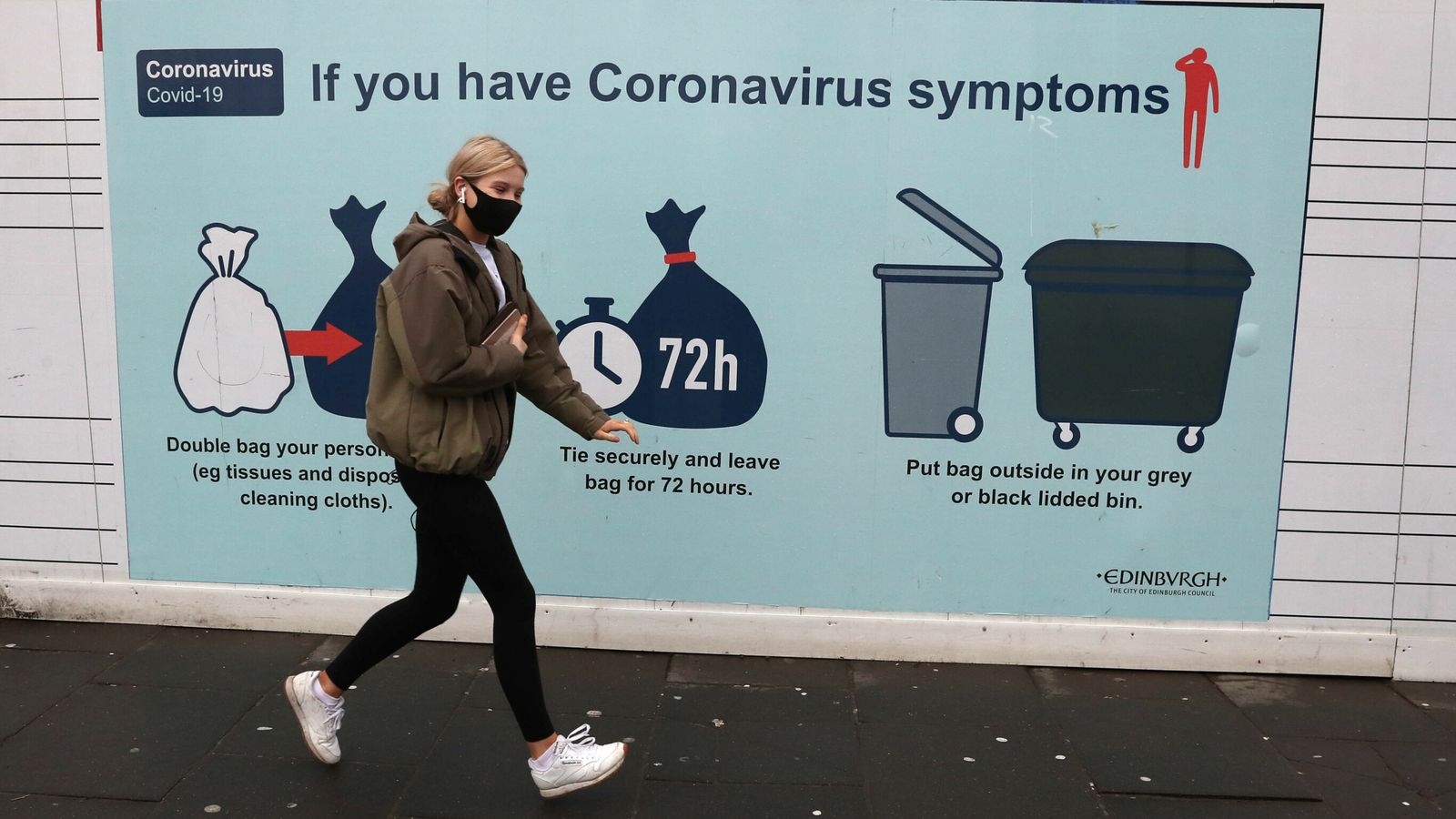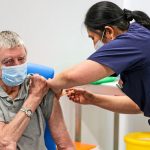Academics have come up with a blueprint for keeping coronavirus and future pandemics at bay.
Researchers assessed which public health measures are most likely to prevent future surges of COVID-19 and other infectious diseases.
After analysing data from 118 studies, the experts, led by academics at University College London, came up with a number of essential actions to rapidly control coronavirus surges and prevent future pandemics.
Live COVID updates from the UK and around the world
According to the study, published in the journal BMJ Open, they found that the best strategies included:
• Effective border controls, restricted entry and quarantine for inbound travellers
• An effective test and trace system to locate positive cases and ensure those infected comply with isolation rules
• The use of smartphone apps and GPS data for contact tracing
• Early testing of high-risk people such as healthcare workers or care home residents
• Using existing laboratories to expand testing capacity quickly
• Mental, physical and financial support to enable people to stick to infection control measures and self-isolation
• Linked health service data to enable smooth co-operation between national and local bodies and real-time data sharing
• Regular press conferences to update the public on the progress of the pandemic, changes in policies and to correct misinformation
• Understanding that quarantine requirements may need to change rapidly in response to emerging challenges
Please use Chrome browser for a more accessible video player
The authors said their findings “may inform countries facing future pandemics”.
It comes as new figures show the number of COVID-19 patients on ventilators in England’s hospitals has climbed to its highest level for more than two months.
Cases have been rising since early June thanks to the Delta variant, with 26,068 infections and 14 deaths recorded on Wednesday.
These cases have largely been among the the younger and not fully vaccinated age groups and haven’t translated to a rise in deaths.
However, analysis by the PA news agency shows that the average number of patients in hospitals in England is also climbing, with younger people driving the rise.
The average number of patients with COVID-19 in England in mechanical ventilation beds stood at 245 on 29 June, according to the NHS England figures.
This is up from 206 a week earlier and is the highest since 21 April, having dipped as low as 113 on 29 May.
The number is still far below the peak of the second wave, when the average hit a high of 3,676 on 26 January.
Please use Chrome browser for a more accessible video player
But the trend suggests there is still enough of a link between COVID-19 infection and hospital admissions to result in a growing number of people needing intensive treatment.
The data for England also shows that the total number of hospital patients with COVID-19 is currently averaging 1,333 – the highest number for exactly two months.
The increase is being driven by people aged 18 to 64, although it is still lower than the peak of the second wave when patient numbers reached an average of 33,594.
It comes as Professor Stephen Reicher, from the University of St Andrews and a member of the Scientific Advisory Group for Emergencies (Sage) subcommittee on behavioural science, said the country was in danger of repeating last summer’s mistakes
In the warmer months last year, people enjoyed relative freedom before restrictions were reimposed heavily over the winter.
Prof Reicher told Times Radio: “My fear is that we’re on line to repeat the mistakes of last summer, if you remember, the prime minister told us it was our patriotic duty to go to the pub, that people should go to work or they might lose their jobs, we had eat out to help out.
“The consequence was we never got infections low enough to be able to deal with the disease and so when conditions changed in the autumn, when schools went back and people went back to work and universities went back and the weather got worse and we went inside, so infections spiked.
“And I think this time round, we should learn from that and we should get infections low to a point where we’re in a much better place in the autumn, where we don’t have to reimpose restrictions.”






















